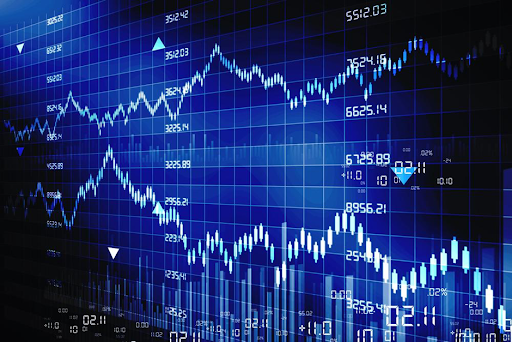Resources
The smarter way to invest in tech
Promoted by

The digital revolution is forever offering new and exciting technologies. While investors are searching for the next big thing, Clime delivers a fresh take on investing in tech.
The smarter way to invest in tech
Promoted by

The digital revolution is forever offering new and exciting technologies. While investors are searching for the next big thing, Clime delivers a fresh take on investing in tech.

One of the most striking features of science fiction, in its exploration of technology’s wildest dreams and darkest nightmares, is its ability to view the world resulting from individual, revolutionary developments. Blade Runner, among the most famous sci-fi films ever made, presented its viewers with replicants, synthetic human beings on the frontier of self-awareness. Yet, when the characters needed to communicate, they did so via payphones. With the benefit of hindsight this looks like a glaring anachronism. Of course, you would forgive the filmmakers for failing to anticipate the rise of mobile (let alone smart) phones, but there is a more important conclusion to draw.
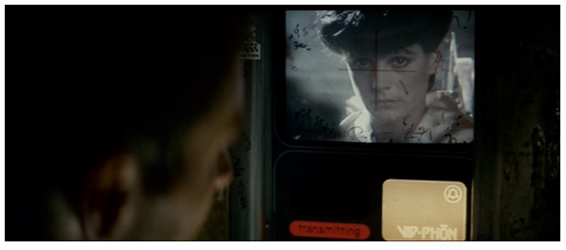
Figure 1. Blade Runner’s futuristic payphone
Source: Stock photos
We, as human beings, find it much easier to fit the world (and by extension the future) to our current understanding of it, even at the most fundamental level. One of the most striking examples of this is that some of humanity’s first educated civilisations in Greece, China and the Middle East, did not have a word for the colour blue and there is no evidence to suggest they even understood the concept. It sounds absurd today but in reality, it is still very difficult for people to think outside of their frame of reference. This is one of the reasons that investors have such a spotty track record visualising life following major technological advancements.

Consider that investing often starts as an exercise in brainstorming. We try and think of how the world is changing and what kind of businesses are driving and benefitting from that change. Today, progress is coming from digitisation, automation and artificial intelligence. These are the big picture concepts, the ones that we have less trouble imagining. In reality though, they will not take hold until there are supportive systems and infrastructure around them. Take paper as an example. Historians often attribute the Western World’s leap forward in literacy and communication to the Gutenberg printing press, a marvel of its age. It ultimately led to the Reformation, the spread of science in Europe, and mass culture from the novel to the newspaper. However, we tend to overlook that without paper, very little would have changed. The most common form of writing material prior to paper was parchment, made from animal skins. Parchment was prohibitively expensive and made mass distribution uneconomical.
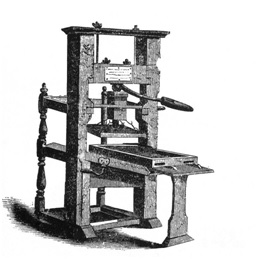
Figure 2. The Gutenberg printing press
Source: Stock photos
The point is, it is a very common mistake to overlook the smaller steps when looking for the next technological upheavals. We may think of nuclear fusion as the perfect clean energy source, but in reality, we have all the energy we would ever need beating down on us from the sun. It is possible that the great leap forward in energy is not mastering a novel power source like fusion, but simply a significant cost reduction or efficiency improvement in an existing technology. The break-even point for solar has fallen by nearly 60% in the last seven years – a huge step forward in itself.
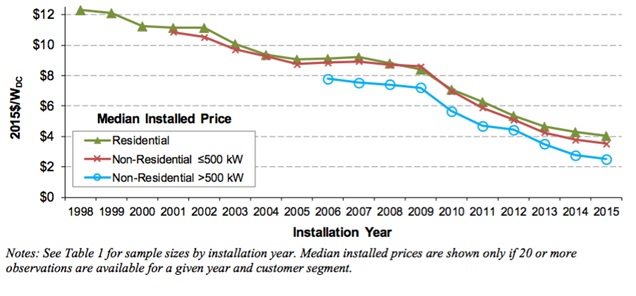
Figure 3. Median installed price trends over time
Source: Lawrence Berkeley National Laboratory
The digital revolution of today is bringing forth entirely new, and exciting technologies, but it also requires expansion of the existing digital infrastructure and systems. For example, as interconnectivity becomes ubiquitous, the world will require millions of generic, reliable sensors to send and receive information. It will also drive much higher data usage, with greater demand for data centres, towers, satellites and other digital infrastructure. Our systems for collecting, analysing and disseminating data have and must continue to become much more sophisticated as well. A similar phenomenon was observed during the 1990’s as businesses began to adopt computers. In isolation, computers were expensive machines that did not significantly improve productivity. It was the reorganisation of the ecosystems surrounding them – via decentralisation, outsourcing and other back office shifts – that actually drove the real benefits.
In that sense, it is not necessarily a leap forward in technology that changes the world but often how much it costs, or even just how we use it. Amazon, possibly the world’s first trillion-dollar company, used existing technologies combined in a novel way to deliver a unique service that was both more convenient and cheaper than its competitors. It then propagated this system across a very broad set of retail categories and geographic regions. This has changed consumers’ purchasing patterns throughout the world as a result. More than a century prior, US retailing giant Sears and Roebuck effectively did the same thing with the mail order catalogue, the novel technology of the time.
If there is a single conclusion to distil from the myriad examples above, it is that it is a mistake to simply look at major individual technological changes in a vacuum. The world is dynamic and technological change is continual, and simultaneously proactive and reactionary. Next time you are scouring the markets for the next great leap forward, consider the smaller steps that will get us there, and those that will follow. Blade Runner beautifully illustrated the promise and perils of artificial intelligence but failed to imagine how everyday life might look in a society capable of such feats. We as investors often make the same mistake when it is in fact those changes that have the greatest impact on our world.
For more detailed stock analysis and investment insights, access our Investing Report here.
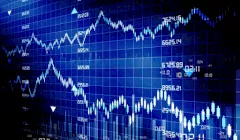
Sponsored features
Dissecting the Complexities of Cash Indices Regulations: An In-Depth Analysis
Introduction In recent years, the world of finance has seen a surge of interest in cash indices trading as investors seek potential returns in various markets. This development has brought increased ...Read more

Sponsored features
The Best Ways to Find the Right Trading Platform
Promoted by Animus Webs Read more

Sponsored features
How the increase in SMSF members benefits business owners
Promoted by ThinkTank Read more

Sponsored features
Thinktank’s evolution in residential lending and inaugural RMBS transaction
Promoted by Thinktank When Thinktank, a specialist commercial and residential property lender, recently closed its first residential mortgage-backed securitisation (RMBS) issue for $500 million, it ...Read more

Sponsored features
Investors tap into cyber space to grow their wealth
Promoted by Citi Group Combined, our daily spending adds up to opportunities for investors on a global scale. Read more
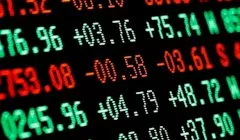
Sponsored features
Ecommerce boom as world adjusts to pandemic driven trends
Promoted by Citi Group COVID-19 has accelerated the use of technologies that help keep us connected, creating a virtual supply chain and expanded digital universe for investors. Read more
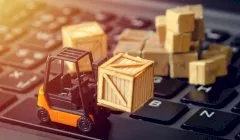
Sponsored features
Industrial property – the silver lining in the retail cloud
Promoted by ThinkTank Read more

Sponsored features
Why the non-bank sector appeals to SMSFs
Promoted by Think Tank Read more

Sponsored features
Dissecting the Complexities of Cash Indices Regulations: An In-Depth Analysis
Introduction In recent years, the world of finance has seen a surge of interest in cash indices trading as investors seek potential returns in various markets. This development has brought increased ...Read more

Sponsored features
The Best Ways to Find the Right Trading Platform
Promoted by Animus Webs Read more

Sponsored features
How the increase in SMSF members benefits business owners
Promoted by ThinkTank Read more

Sponsored features
Thinktank’s evolution in residential lending and inaugural RMBS transaction
Promoted by Thinktank When Thinktank, a specialist commercial and residential property lender, recently closed its first residential mortgage-backed securitisation (RMBS) issue for $500 million, it ...Read more

Sponsored features
Investors tap into cyber space to grow their wealth
Promoted by Citi Group Combined, our daily spending adds up to opportunities for investors on a global scale. Read more

Sponsored features
Ecommerce boom as world adjusts to pandemic driven trends
Promoted by Citi Group COVID-19 has accelerated the use of technologies that help keep us connected, creating a virtual supply chain and expanded digital universe for investors. Read more

Sponsored features
Industrial property – the silver lining in the retail cloud
Promoted by ThinkTank Read more

Sponsored features
Why the non-bank sector appeals to SMSFs
Promoted by Think Tank Read more






